A home garden is a garden that is typically located on the property of a home. It is used for the cultivation of plants, fruits, and vegetables. A home garden can also be used for aesthetic purposes.
Home gardens typically serve three purposes: produce, beauty, and recreation. Home-grown vegetables may be more tasty than store bought because the gardener has experience with food and also you can feed the squirrels and birds along the side. A home garden can also provide a sense of accomplishment to its owner. Let’s say one morning on a holiday you’d like to have a moment to escape from your daily routine and you have a small garden in your home. You can enjoy looking from your window or balcony and just stare at your creation. You have a beautiful home equipped with the best interior pieces such as fancy linen curtains, huge oak tree dining table and wall painted in calm yet bold colors. It will not be complete without a small garden to complete your home look in both indoors and outdoors.
Lastly, a home garden can be used as exercise if the gardener does some form of manual labor. Home gardeners often use such techniques as companion planting, succession planting, and crop rotation to increase the yield of food from the land.
Popular Gardening Technique From Various Country
A home gardens can be used for aesthetic purposes in cases where no particular care is taken with the plants; however, there are numerous styles of gardens that reflect specific interests or aesthetics. A Japanese rock garden is a style of garden that uses stones, pebbles and sand to simulate a natural landscape. An English country garden is another style where the gardener emphasizes plants usually found in European Countryside.
A formal garden can be divided into four styles: French Garden, Italian Garden, Japanese Garden and the English Style Garden while an informal garden can be divided into five styles: Naturalistic, English Country Garden, Formal Style Garden, Zen style Garden and the Mediterranean-style garden.
A home garden can also be used for recreational purposes in order to provide its owner with an escape from everyday life or even just a place to relax.
Different Garden Sheds Ideas
Garden sheds are another important aspect of home gardening. They are essentially an outdoor storage area where tools can be kept that will be used for maintaining the garden, as well as equipment like fertilizer and pesticides that would not function properly inside of a house due to its sensitive nature.
A common feature is the potting shed which has ventilation to prevent plant diseases caused by high humidity interacting with fertilized soil.
It is important to check with local zoning regulations before beginning the design of a home garden. Regulations may limit what can be grown in the garden, prohibit fences or other structures, or require certain setbacks from property lines. A smaller setback requirement might allow for increased privacy due to increased distance between the house and the front yard so long as it is still within the law.
Backyard gardening can be done with or without a garden shed. Large amounts of tools are expensive to purchase, so garden sheds are convenient since they allow the user to store tools that would typically take up space in their home. At least 55% of Americans have backyards that are suitable for gardening.
The size of the lot has an effect on the number of plants that can be supported. A larger piece of land means more room to produce food, but gardening space is also needed for tools and materials. However, this is not always the case as some backyard gardeners prefer smaller patches where they can focus their attention on caring for each plant.
Some plants are not suitable for backyard gardening because they require more space than most backyards have to offer. For example, large trees are typically located in public areas so that everyone can enjoy them.
Eggplant is one example of a plant that requires more space than what the average backyard may have to offer. At maturity, eggplant plants may reach heights of 6 feet tall with an area of 6 square feet.
A smaller version is the bush variety that only requires 6 square feet at maturity.
Tomatoes are another plant that require significant space in order to grow properly. Some backyard gardeners prefer cherry tomatoes, which can be grown in small spaces, while other gardeners prefer to grow beefsteak tomatoes, which can reach heights of 5 feet tall.
Raised Beds
Raised beds are a good option for those with limited space since they require very little room and the finished product is aesthetically pleasing. Raised beds also prevent soil compaction and decrease weed growth by creating a barrier between the plants and weeds.
Raised beds can be made from a variety of materials. For example, wood is typically used for raised garden beds since it provides an aesthetically pleasing look as well as being readily accessible at many home improvement stores. However, there are also cement and stone raised bed designs available. In terms of cost, wooden raised beds are the cheapest option, while stone and cement are more expensive.
Wood raised bed kits have many benefits. For example, they can be moved to different locations if the gardener desires a new look or needs more space. All of the materials needed for construction are included in the kit so it is ready to assemble once it arrives at its destination. This saves time because the gardener does not need to search for individual pieces or purchase them separately.
Final Say
The garden is a great way to get some exercise, and it can also be a fun project to work on with your family. It’s also a great way to save money on groceries, since you can grow your own fruits and vegetables.
Not everyone has the space or time to have a garden, but if you do have the opportunity, I highly recommend taking advantage of it!



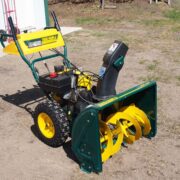

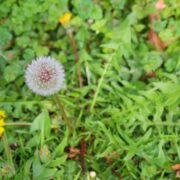
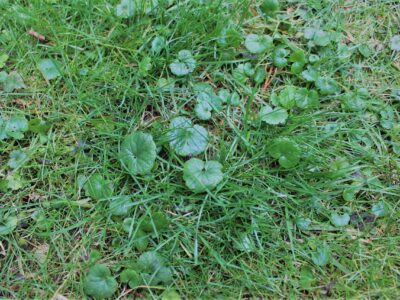
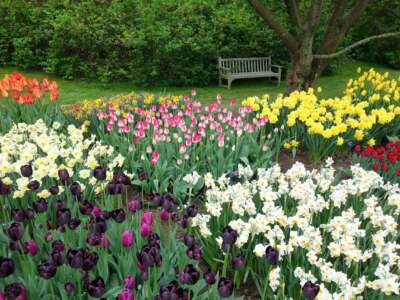
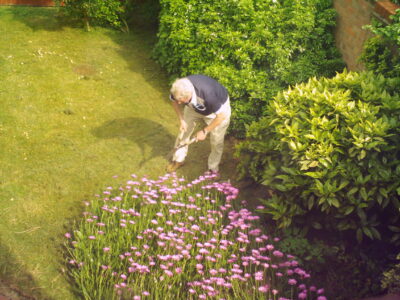
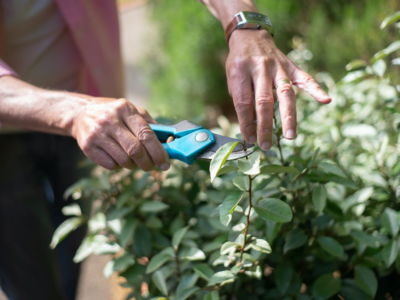
Comments